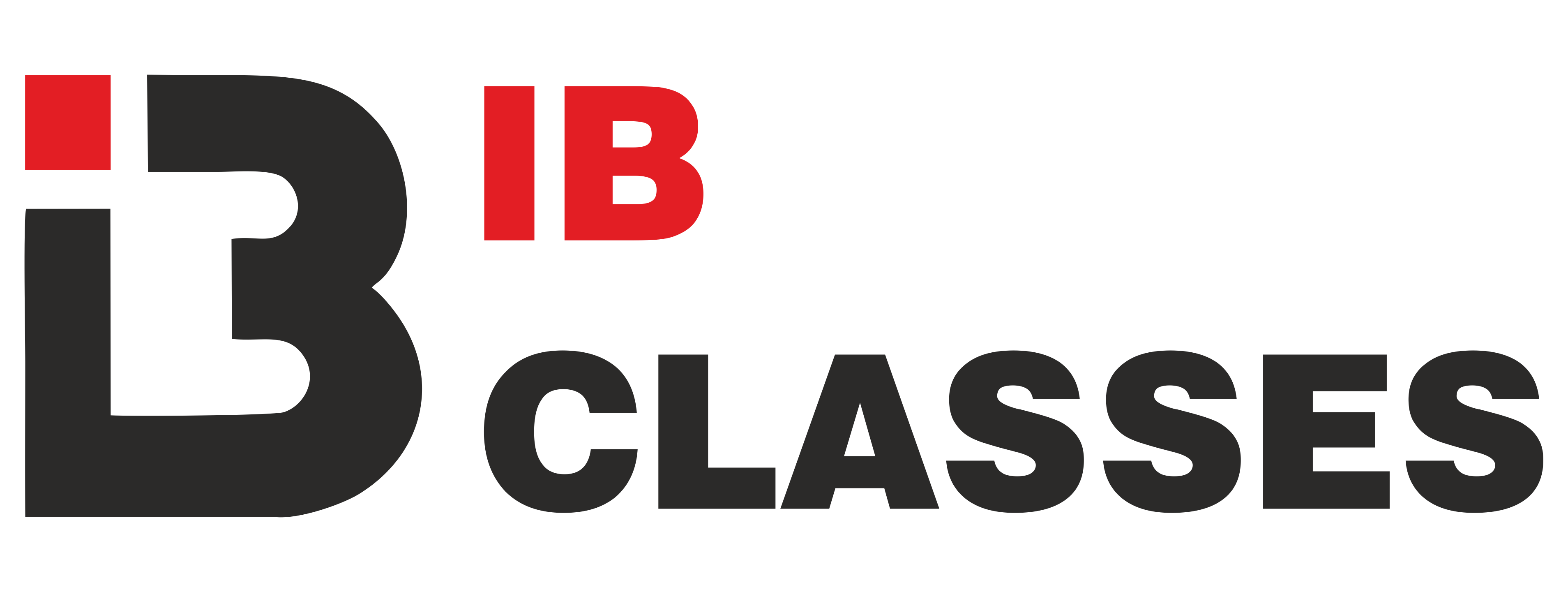Mastering IB DP Math Internal Assessment
Unlock the secrets to excelling in your IB DP Math internal assessment with expert tips and guidance.
Understanding the IB DP Math Internal Assessment
The IB DP Math Internal Assessment is an important component of the IB DP Math course. It allows students to demonstrate their understanding of mathematical concepts and apply them in a real-world context. By understanding the requirements and expectations of the internal assessment, students can effectively plan and execute their project.
One key aspect of understanding the IB DP Math Internal Assessment is knowing the assessment criteria. The assessment is based on four criteria: mathematical presentation, mathematical communication, personal engagement, and reflection. Each criterion carries a specific weightage, and students must ensure that they address all criteria in their project.
Additionally, students should familiarize themselves with the guidelines and regulations set by the International Baccalaureate Organization (IBO) for the internal assessment. This includes the word limit, formatting requirements, and ethical considerations. By understanding these guidelines, students can avoid unnecessary penalties and ensure a smooth assessment process.
Choosing an Engaging Topic
Choosing an engaging and relevant topic is crucial for a successful IB DP Math internal assessment. The topic should be based on a real-world problem or scenario that allows for the application of mathematical concepts and analysis. Here are some tips for choosing a topic:
– Start by brainstorming areas of interest or current events that involve mathematics. This could be anything from sports statistics to environmental issues.
– Consider the feasibility of the topic. Make sure you have access to the necessary data and resources to carry out your investigation.
– Aim for a topic that is specific and focused. Avoid broad topics that may be too challenging to address within the word limit.
– Consult with your teacher or supervisor for guidance and feedback on your chosen topic.
By choosing an engaging topic, you will not only enjoy working on your internal assessment but also demonstrate your passion and enthusiasm for mathematics.
Developing a Strong Research Question
Once you have chosen a topic, the next step is to develop a strong research question. The research question will guide your investigation and help you stay focused throughout the project. Here are some tips for developing a strong research question:
– Make sure your research question is clear and specific. It should clearly state what you intend to investigate or analyze.
– Ensure that your research question is based on a mathematical problem or scenario. It should require the application of mathematical concepts and analysis.
– Consider the feasibility of your research question. Make sure you have access to the necessary data and resources to address your question.
– Discuss your research question with your teacher or supervisor to get their input and feedback.
By developing a strong research question, you will set a solid foundation for your internal assessment and ensure that your project is focused and meaningful.
Data Collection and Analysis Techniques
Data collection and analysis are an essential part of the IB DP Math internal assessment. Here are some techniques to consider:
– Identify the type of data you need to collect for your investigation. This could include numerical data, qualitative data, or a combination of both.
– Determine the most appropriate methods for collecting your data. This could involve surveys, experiments, observations, or data mining.
– Ensure that your data is reliable and accurate. Take steps to minimize bias and errors in your data collection process.
– Analyze your data using appropriate mathematical tools and techniques. This could include statistical analysis, graphical representation, or mathematical modeling.
– Interpret your findings and draw meaningful conclusions based on your data analysis.
By effectively collecting and analyzing data, you will be able to provide evidence and support for your research question, strengthening the overall quality of your internal assessment.
Presenting Your Findings Effectively
Presenting your findings effectively is crucial for a successful IB DP Math internal assessment. Here are some tips for presenting your findings:
– Organize your findings in a logical and coherent manner. Use headings, subheadings, and paragraphs to structure your content.
– Use appropriate mathematical notation, symbols, and equations to represent your analysis and calculations.
– Include visual aids such as graphs, charts, and diagrams to enhance the clarity and understanding of your findings.
– Clearly explain your methodology and data collection process, highlighting any limitations or challenges you encountered.
– Provide a comprehensive analysis of your findings, discussing any patterns, trends, or relationships that you observed.
– Reflect on your project and discuss the implications of your findings, as well as any areas for further research or improvement.
By presenting your findings effectively, you will showcase your mathematical knowledge and skills, and effectively communicate the significance of your project.
